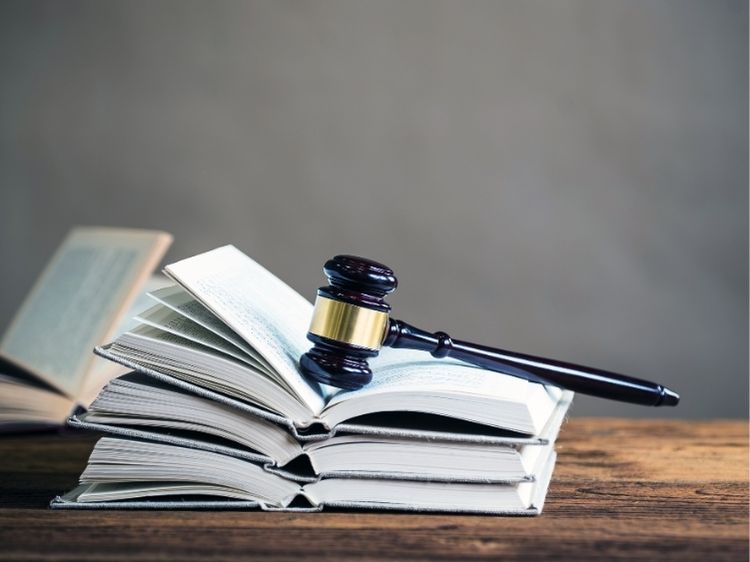When it comes to consumer protection, product liability lawsuits are an essential part of ensuring that manufacturers and sellers are held accountable for defective or dangerous products. If a product causes harm due to defects in design, manufacturing, or labeling, consumers may pursue a product liability lawsuit settlement to recover damages. These settlements can cover medical expenses, lost wages, and other costs that arise from injuries or harm caused by faulty products.
In this article, we’ll dive deep into the world of product liability lawsuits, breaking down the process, the types of claims, notable settlements, and much more. By the end, you’ll have a clear understanding of how these lawsuits work and what to expect if you ever need to file one.
What is a Product Liability Lawsuit?
A product liability lawsuit is a legal case brought against a manufacturer, distributor, or retailer of a product that caused harm to a consumer. These lawsuits can be filed when a product is inherently dangerous, defective, or lacks adequate warnings. The goal is to provide financial compensation for injuries, suffering, and financial losses caused by the product.
In most cases, these lawsuits never go to trial. Instead, they are settled through product liability lawsuit settlements where both parties agree on a compensation amount before the case is presented in court. Settlements can save time, reduce legal costs, and provide quicker resolutions for both sides.
Types of Product Liability Claims
Product liability cases can take several forms, depending on the nature of the defect or issue with the product. Here are the three main types:
- Defective Design
This occurs when a product is inherently dangerous due to its design, even if it’s made perfectly. A common example is a car with a high tendency to roll over during sharp turns, posing a danger to its passengers. - Manufacturing Defect
In this type of claim, the product’s design is safe, but something went wrong during the manufacturing process. A classic example is when a batch of drugs is contaminated, causing harm to consumers. - Failure to Warn or Inadequate Instructions
This claim is applicable when a product does not come with adequate warnings or instructions, leading to misuse or accidents. Think of a medication that doesn’t list serious side effects or a tool without proper safety instructions.
Key Factors in Product Liability Lawsuit Settlements
When pursuing a product liability lawsuit, several factors will influence the settlement amount. Let’s break them down:
- Severity of Injury
The more severe the injury caused by the defective product, the higher the settlement. Serious injuries like permanent disability, scarring, or death often lead to substantial compensation. - Lost Wages and Medical Expenses
Settlements typically cover current and future medical expenses related to the injury, as well as lost income if the injury prevented the victim from working. - Pain and Suffering
Non-economic damages like emotional distress, trauma, and reduced quality of life may also be included in the settlement. - Clear Evidence of Liability
A settlement amount is also impacted by how strong the evidence is against the manufacturer. If there’s indisputable proof of the defect, the defendant may prefer to settle for a higher amount to avoid a drawn-out trial.
Notable Product Liability Settlements
Over the years, many high-profile product liability cases have led to substantial settlements. Let’s take a look at a few of the most notable ones:
- General Motors Ignition Switch Case
GM was involved in a massive lawsuit after it was revealed that faulty ignition switches in their cars could shut off the engine while driving, disabling airbags and causing deadly crashes. GM settled for over $120 million in compensation to the victims. - Talcum Powder Lawsuits Against Johnson & Johnson
Johnson & Johnson faced numerous lawsuits from consumers claiming that their talcum powder products caused cancer. The company ended up settling for billions of dollars to avoid further legal battles. - Volkswagen Emissions Scandal
Volkswagen agreed to pay more than $15 billion in settlements after it was discovered that the company had used software to cheat on emissions tests, affecting the environment and consumers.
How to File a Product Liability Lawsuit
Filing a product liability lawsuit involves several steps. Here’s a simple breakdown of the process:
- Gather Evidence
Document all the details of the incident, including the product’s defects, the harm caused, and any expenses incurred due to the injury. Photos, medical records, and receipts can be crucial in building your case. - Consult an Attorney
It’s important to consult a lawyer who specializes in product liability cases. They will guide you through the legal process and help you assess the potential value of your settlement. - File the Lawsuit
Once all the evidence is gathered, and the lawyer has built a case, the lawsuit is filed in court. Most cases settle before going to trial, but if a fair settlement isn’t reached, the case may go to court. - Negotiation and Settlement
The manufacturer’s legal team will often negotiate a settlement to avoid a lengthy trial. If both parties agree on a compensation amount, the case is resolved without the need for a court trial.
FAQs about Product Liability Lawsuit Settlements
Q: What kind of compensation can I expect from a product liability settlement?
A: Settlements typically cover medical expenses, lost wages, pain and suffering, and other damages. The amount will depend on the severity of the injury and the strength of the case.
Q: How long does it take to settle a product liability lawsuit?
A: The timeline can vary. Some cases settle in a few months, while others can take years, especially if they go to trial.
Q: Do I need a lawyer for a product liability lawsuit?
A: Yes, hiring an experienced lawyer is crucial. They’ll ensure you get the maximum compensation possible and navigate the complex legal process on your behalf.
Q: Can a product liability case go to trial?
A: Yes, but most cases are settled out of court. Going to trial can be time-consuming and costly for both parties.
Q: What should I do if I think a product I used was defective?
A: Stop using the product immediately, document your injury, keep all receipts and proof of purchase, and contact a lawyer to discuss your options.
Conclusion: Seeking Justice through Product Liability Settlements
Filing a product liability lawsuit can feel like a daunting process, but it’s essential for protecting consumers and holding companies accountable for the products they release. Whether it’s a defective car part, contaminated food, or dangerous household items, these lawsuits ensure that companies take responsibility for their actions. If you or a loved one has been harmed by a defective product, don’t hesitate to seek legal advice and explore your options.
Settlements provide a quicker path to compensation, and with the right lawyer, you can recover damages that cover your losses and provide a sense of justice.







